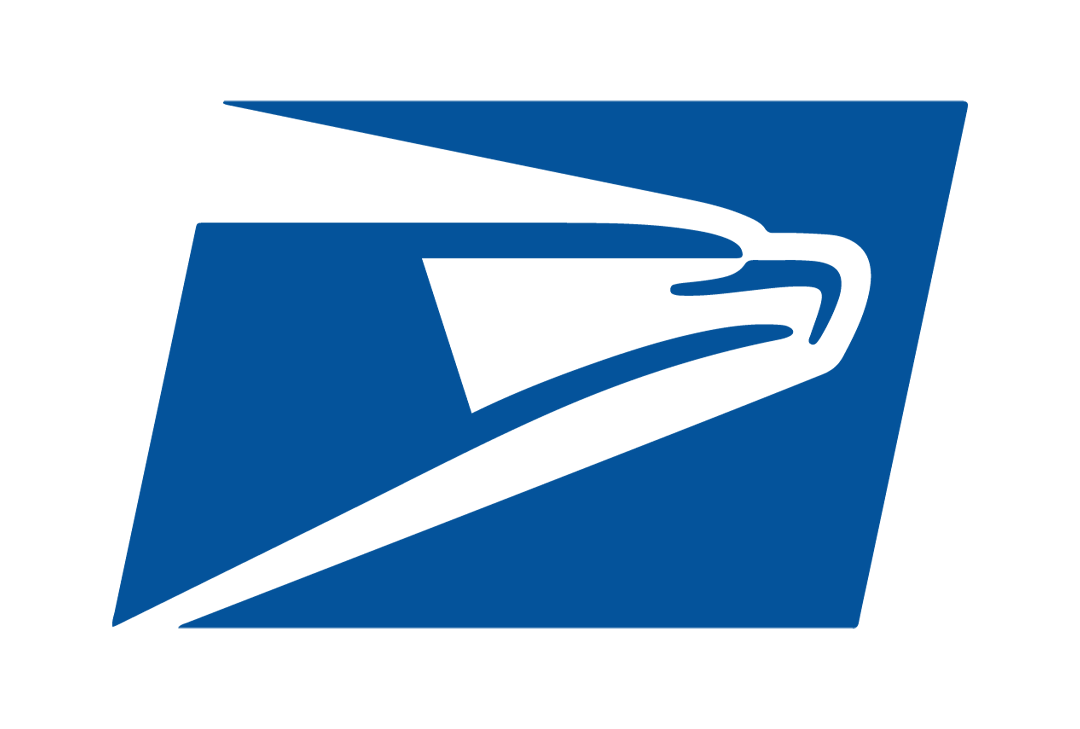M2 Machines
M2 Machines 1:64 1970 Chevrolet C60 Truck & 1971 Chevrolet Camaro SS 'Coca Cola'

M2 Machines 1:64 1970 Chevrolet C60 Truck & 1971 Chevrolet Camaro SS 'Coca Cola'
MSRP:
$586.83
$547.64
$488.86
(You save
$97.97
)
The second-generation Chevrolet Camaro was produced by Chevrolet from 1970 through the 1981 model years. It was introduced in the spring of 1970 Build information for model 123-12487 was released to the assembly plants in February of that same year. It was longer, lower, and wider than the first generation Camaro. A convertible body-type was no longer available. GM engineers have said the second generation is much more of "A Driver's Car" than its predecessor.
Dubbed "Super Hugger", the second-generation Camaro was developed without the rush of the first generation and benefited from a greater budget justified by the success of the first generation.[citation needed] Although it was an all-new car, the basic mechanical layout of the new Camaro was familiar, engineered much like its predecessor with a unibody structure utilizing a front subframe, A-arm and coil spring front suspension, and rear leaf springs.
The chassis and suspension of the second generation were greatly refined in both performance and comfort; base models offered significant advances in sound-proofing, ride isolation, and road-holding. Extensive experience Chevrolet engineers had gained racing the first-generation led directly to advances in second-generation Camaro steering, braking, and balance. Although it began its run with a number of high-performance configurations, as the 1970s progressed, the Camaro grew less powerful, succumbing, like many production cars of the era, to the pressures of tightening emissions regulations and a fuel crisis. Major styling changes were made in 1974 and 1978; 1981 was the final model year for the second-generation Camaro.
The 1971 Camaro received only minor appearance changes from its 1970 counterpart. Inside, new high-back Strato bucket seats with built-in headrests replaced the 1970-only low-back seats with adjustable headrests. The biggest changes came under the hood, due to a GM-corporate mandate all engines be designed to run on lower-octane regular-leaded, low-lead, or unleaded gasoline, necessitating reductions in compression ratios and horsepower ratings. The 250 cu in (4.1 L) straight-6, 307 cu in (5.0 L) V8, and two-barrel 350 cu in (5.7 L) V8 were virtually unchanged, as they were low-compression regular-fuel engines in 1970 and previous years.
The LT-1 350 V8 used in the Z/28 dropped from 360 hp SAE gross to 330 horsepower (250 kW) SAE gross due to a compression ratio decrease from 11.0:1 to 10.3:1. The 350 c.i. engine in the 1971 Camaro Z28 produced 275 horsepower (205 kW) SAE net. The 396 (402 c.i.) V8 dropped from 350 to 300 horsepower (220 kW) SAE gross due to compression ratio drop from 10.25:1 to 8.5:1. The 402 c.i. engine in the 1971 Camaro SS 396 produced 260 horsepower (190 kW) SAE net.
Production and sales dropped due to a 67-day corporate-wide strike at GM that coincided with the introduction of the 1971 models in late September 1970, along with a continued declining interest in the ponycar market fueled by skyrocketing insurance rates for high-performance cars. Rumors of the possible cancellation of the Camaro after 1972 began to surface and were nearly confirmed a year later when another worker's strike hit the assembly plant at Norwood, Ohio, which was the only plant building Camaros and Firebirds.
Coca-Cola, or Coke, is a carbonated soft drink manufactured by The Coca-Cola Company. Originally intended as a patent medicine, it was invented in the late 19th century by John Stith Pemberton and was bought out by businessman Asa Griggs Candler, whose marketing tactics led Coca-Cola to its dominance of the world soft-drink market throughout the 20th century. The drink's name refers to two of its original ingredients: coca leaves, and kola nuts (a source of caffeine). The current formula of Coca-Cola remains a trade secret, although a variety of reported recipes and experimental recreations have been published.
The Coca-Cola Company produces concentrate, which is then sold to licensed Coca-Cola bottlers throughout the world. The bottlers, who hold exclusive territory contracts with the company, produce the finished product in cans and bottles from the concentrate, in combination with filtered water and sweeteners. A typical 12-US-fluid-ounce (350 ml) can contains 38 grams (1.3 oz) of sugar (usually in the form of high fructose corn syrup). The bottlers then sell, distribute, and merchandise Coca-Cola to retail stores, restaurants, and vending machines throughout the world. The Coca-Cola Company also sells concentrate for soda fountains of major restaurants and foodservice distributors.
The Coca-Cola Company has on occasion introduced other cola drinks under the Coke name. The most common of these is Diet Coke, along with others including Caffeine-Free Coca-Cola, Diet Coke Caffeine-Free, Coca-Cola Zero Sugar, Coca-Cola Cherry, Coca-Cola Vanilla, and special versions with lemon, lime, and coffee. Based on Interbrand's "best global brand" study of 2015, Coca-Cola was the world's third most valuable brand, after Apple and Google. In 2013, Coke products were sold in over 200 countries worldwide, with consumers drinking more than 1.8 billion company beverage servings each day. Coca-Cola ranked No. 87 in the 2018 Fortune 500 list of the largest United States corporations by total revenue.








